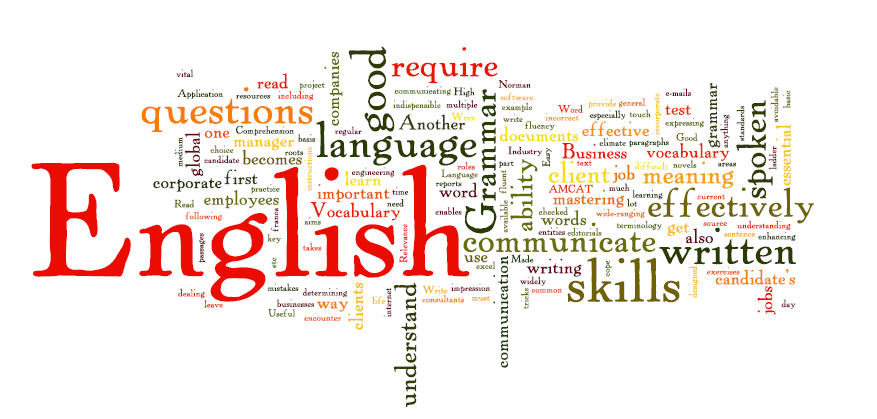Simplifying Information with Visualize Data Tools
- brightmindlearn
- Sep 18
- 3 min read

In today’s fast-paced digital era, visualize data tools play an essential role in making complex information clear and easy to understand. Instead of staring at endless spreadsheets or raw numbers, people can now rely on charts, graphs, and dashboards that turn data into meaningful stories. These tools allow professionals, students, and businesses to communicate better, save time, and make smarter choices based on what they see.
Why Data Needs Visualization
Numbers alone rarely make an impact. A sheet with hundreds of entries might contain valuable insights, but most people will overlook them. When those same numbers take the shape of a line chart, a bar graph, or a heatmap, patterns jump out instantly.
Visualization changes how we absorb information:
Instant clarity: Trends and comparisons become easy to spot.
Faster decisions: People act more confidently when data looks simple.
Stronger impact: Visuals make presentations more engaging.
Better memory: Audiences remember images longer than text.
Everyday Uses of Visualization
You don’t have to be a data scientist to use visual tools. They show up in daily life more often than we realize:
Students use visuals to learn statistics and science concepts faster.
Doctors track patient progress with charts that display changes over time.
Businesses evaluate sales, marketing campaigns, and customer behavior.
News outlets explain elections, budgets, and social trends using visuals.
This wide use proves that visualization is no longer just a technical task—it’s part of everyday communication.
Key Features of Modern Tools
The latest visualization platforms do more than create static charts. They bring data to life.
Interactivity: Users can click, zoom, and filter information in real time.
Customization: Businesses can match charts to their brand colors and layouts.
Automation: Dashboards update automatically with live data feeds.
Accessibility: Drag-and-drop options make it easy even for beginners.
These features make data presentation dynamic, professional, and user-friendly.
Benefits of Using Visualization
Adopting visual tools improves not just the look of data but also the outcomes that come from it.
Clarity in communication – People understand faster and with less effort.
Collaboration – Teams align better when everyone sees the same visuals.
Engagement – Visuals encourage audiences to interact and ask questions.
Efficiency – Reports take minutes instead of hours to analyze.
When data becomes visual, it speaks for itself and saves valuable time.
Challenges to Watch Out For
Even powerful visuals can mislead if not used carefully. Some common pitfalls include:
Overloading reports with too many charts.
Choosing the wrong type of graph, which hides the real message.
Skipping context, leaving viewers confused about what numbers mean.
The solution is balance. Keep visuals simple, accurate, and connected to the purpose of the analysis.
How to Choose the Right Tool
Not every tool fits every situation. Choosing the best option depends on who will use it and why.
Ask these questions before selecting:
Is it easy enough for beginners to learn quickly?
Does it connect with my current data sources?
Can it scale as my needs grow?
Does it offer good customer support and updates?
Is the pricing reasonable for long-term use?
Answering these ensures that the tool fits your unique needs rather than creating new challenges.
The Future of Visualization
As technology evolves, visualization will become more intelligent. Artificial intelligence already recommends chart types based on data patterns. Machine learning highlights unusual trends that humans might miss. Soon, immersive technologies like virtual and augmented reality may let users explore 3D dashboards.
This future shows that visualization is not just a reporting tool—it’s becoming an essential decision-making partner.
Final Thoughts
Numbers matter, but only when people can understand them. By turning raw data into visuals, modern tools make communication simple, memorable, and actionable. From classrooms to companies, these tools give people the ability to see information clearly and use it effectively.
Anyone who wants to share ideas, explain results, or guide decisions can benefit from visual storytelling. With the right approach, data stops being overwhelming and starts becoming an opportunity for growth.


Comments